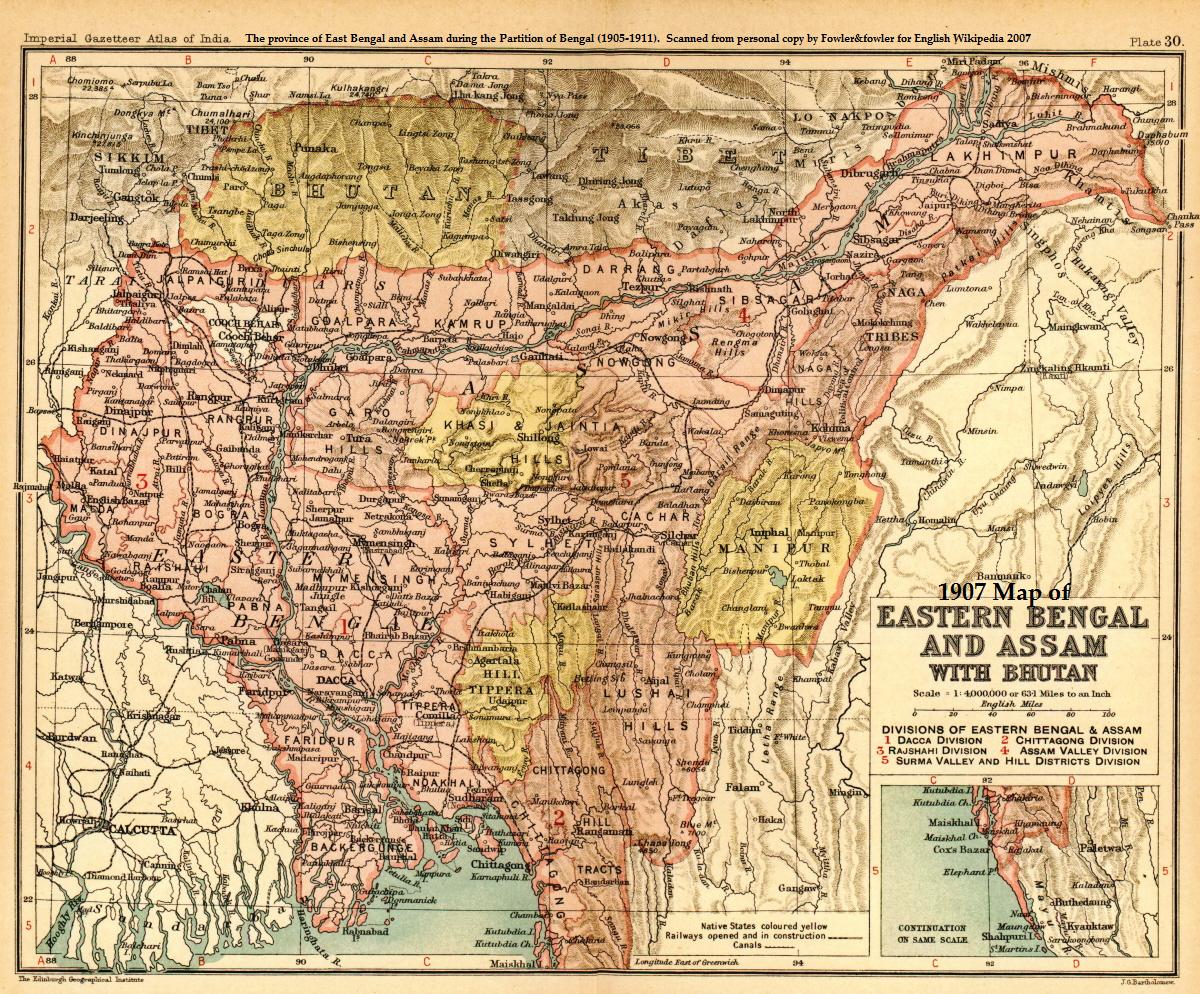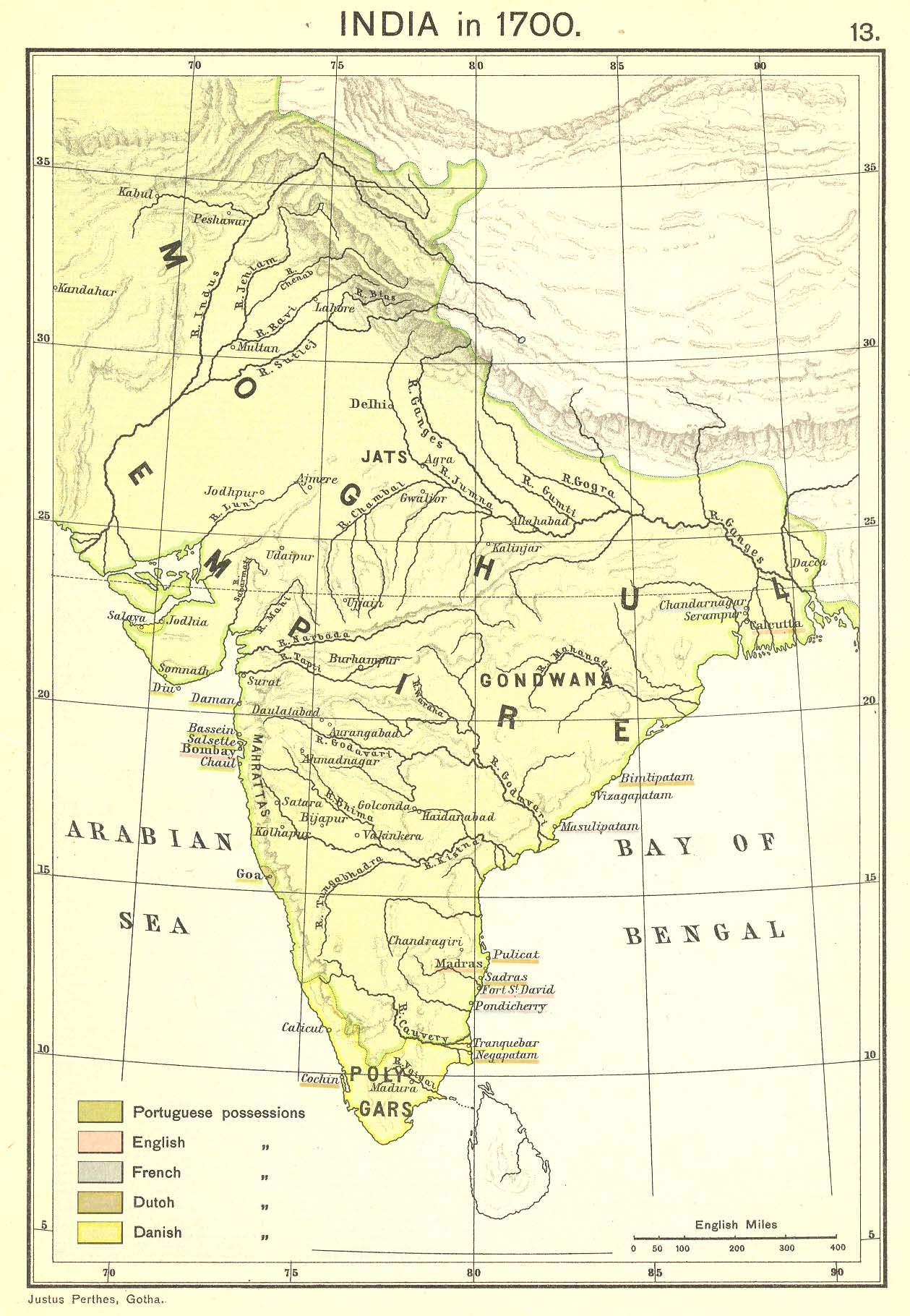|
Indian Standard Time
Indian Standard Time (IST), sometimes also called India Standard Time, is the time zone observed throughout India, with a time offset of UTC+05:30. India does not observe daylight saving time or other seasonal adjustments. In military and aviation time, IST is designated E* ("Echo-Star"). It is indicated as Asia/Kolkata in the IANA time zone database. History After Independence in 1947, the Union government established IST as the official time for the whole country, although Kolkata and Mumbai retained their own local time (known as Calcutta Time and Bombay Time) until 1948 and 1955, respectively. The Central observatory was moved from Chennai to a location at Shankargarh Fort in Allahabad district, so that it would be as close to UTC+05:30 as possible. Daylight Saving Time (DST) was used briefly during the China–India War of 1962 and the Indo-Pakistani Wars of 1965 and 1971. Calculation Indian Standard Time is calculated from the clock tower in Mirzapur nea ... [...More Info...] [...Related Items...] OR: [Wikipedia] [Google] [Baidu] |
Time Zone
A time zone is an area which observes a uniform standard time for legal, commercial and social purposes. Time zones tend to follow the boundaries between countries and their subdivisions instead of strictly following longitude, because it is convenient for areas in frequent communication to keep the same time. All time zones are defined as offsets from Coordinated Universal Time (UTC), ranging from UTC−12:00 to UTC+14:00. The offsets are usually a whole number of hours, but a few zones are offset by an additional 30 or 45 minutes, such as in India, South Australia and Nepal. Some areas of higher latitude use daylight saving time for about half of the year, typically by adding one hour to local time during spring and summer. List of UTC offsets In the table below, the locations that use daylight saving time (DST) are listed in their UTC offset when DST is ''not'' in effect. When DST is in effect, approximately during spring and summer, their UTC offset is inc ... [...More Info...] [...Related Items...] OR: [Wikipedia] [Google] [Baidu] |
Indo-Pakistani War Of 1971
The Indo-Pakistani War of 1971 was a military confrontation between India and Pakistan that occurred during the Bangladesh Liberation War in East Pakistan from 3 December 1971 until the Pakistani capitulation in Dhaka on 16 December 1971. The war began with Pakistan's Operation Chengiz Khan, consisting of preemptive aerial strikes on 11 Indian air stations. The strikes led to India declaring war on Pakistan, marking their entry into the war for East Pakistan's independence, on the side of Bengali nationalist forces. India's entry expanded the existing conflict with Indian and Pakistani forces engaging on both the eastern and western fronts. Thirteen days after the war started, India achieved a clear upper hand, and the Eastern Command of the Pakistan military signed the instrument of surrender on 16 December 1971 in Dhaka, marking the formation of East Pakistan as the new nation of Bangladesh. Approximately 93,000 Pakistani servicemen were taken prisoner b ... [...More Info...] [...Related Items...] OR: [Wikipedia] [Google] [Baidu] |
Northeast India
, native_name_lang = mni , settlement_type = , image_skyline = , image_alt = , image_caption = , motto = , image_map = Northeast india.png , map_alt = Northeast india map.png , coordinates = , coordinates_footnotes = , subdivision_type = Country , subdivision_name = , subdivision_type1 = States , subdivision_name1 = , subdivision_type2 = Largest city , subdivision_name2 = Guwahati , subdivision_type3 = Major cities (2011 Census of India) , subdivision_name3 = [Baidu] |
Rann Of Kutch
The Rann of Kutch (alternately spelled as Kuchchh) is a large area of salt marshes that span the border between India and Pakistan. It is located in Gujarat (primarily the Kutch district), India, and in Sindh, Pakistan. It is divided into the Great Rann and Little Rann. Geography The Rann of Kutch is located mostly in the Indian state of Gujarat, specifically Kutch district, for which it is named. Some parts extend into the Pakistani province of Sindh. The word ''Rann'' means "desert". The Rann of Kutch covers around 26,000 square kilometres (10,000 square miles). The Great Rann of Kutch is the larger portion of the Rann. It extends east and west, with the Thar Desert to the north and the low hills of Kutch to the south. The Indus River Delta lies to the west in southern Pakistan. The Little Rann of Kutch lies southeast of the Great Rann, and extends southwards to the Gulf of Kutch. Many rivers originating in Rajasthan and Gujarat flow into the Rann of Kutch, inclu ... [...More Info...] [...Related Items...] OR: [Wikipedia] [Google] [Baidu] |
Allahabad Observatory
The Allahabad Observatory located in the suburb of Jhusi, just outside Allahabad is the centre responsible for maintaining the Indian Standard Time. The observatory is located at 82.5°E longitude, which translates to an exact time difference of 5 hours and 30 minutes ahead of Coordinated Universal Time (UTC) i.e. UTC+05:30. See also * List of astronomical observatories This is a list of astronomical observatories ordered by name, along with initial dates of operation (where an accurate date is available) and location. The list also includes a final year of operation for many observatories that are no longer in ... References Astronomical observatories in India Buildings and structures in Allahabad Tourist attractions in Allahabad {{observatory-stub ... [...More Info...] [...Related Items...] OR: [Wikipedia] [Google] [Baidu] |
National Physical Laboratory Of India
The CSIR- National Physical Laboratory of India, situated in New Delhi, is the measurement standards laboratory of India. It maintains standards of SI units in India and calibrates the national standards of weights and measures. History of measurement systems in India In the Harappan era, which is nearly 5000 years old, one finds excellent examples of town planning and architecture. The sizes of the bricks were the same all over the region. In the time of Chandragupta Maurya, some 2400 years ago, there was a well - defined system of weights and measures. The government of that time ensured that everybody used the same system. In the Indian medical system, Ayurveda, the units of mass and volume were well defined. The measurement system during the time of the Mughal emperor, Akbar, the ''guz'' was the measure of length. The ''guz'' was widely used till the introduction of the metric system in India in 1956. During the British period, efforts were made to achieve uniformity ... [...More Info...] [...Related Items...] OR: [Wikipedia] [Google] [Baidu] |
Central Zonal Council
Central Zonal Council is a zonal council that comprises the states of Chhattisgarh, Madhya Pradesh, Uttar Pradesh, and Uttarakhand. The States have been grouped into six zones having an Advisory Council to foster cooperation among these States. Five Zonal Councils were set up vide Part-III of the States Reorganisation Act, 1956. See also * Northern Zonal Council * North-Eastern Zonal Council * Eastern Zonal Council * Western Zonal Council * Southern Zonal Council Southern Zonal Council is a zonal council that comprises the states and union territories of Andhra Pradesh, Karnataka, Kerala, Puducherry, Tamil Nadu, and Telangana Andaman and Nicobar Islands, Lakshadweep are not members of any of the Zo ... References {{coord missing, India Zonal Councils ... [...More Info...] [...Related Items...] OR: [Wikipedia] [Google] [Baidu] |
Northeastern India
, native_name_lang = mni , settlement_type = , image_skyline = , image_alt = , image_caption = , motto = , image_map = Northeast india.png , map_alt = Northeast india map.png , coordinates = , coordinates_footnotes = , subdivision_type = Country , subdivision_name = , subdivision_type1 = States , subdivision_name1 = , subdivision_type2 = Largest city , subdivision_name2 = Guwahati , subdivision_type3 = Major cities ( 2011 Census of India) , subdivision_name3 = [Baidu] |
Western India
Western India is a loosely defined region of India consisting of its western part. The Ministry of Home Affairs in its Western Zonal Council Administrative division includes the states of Goa, Gujarat, and Maharashtra along with the Union territory of Dadra and Nagar Haveli and Daman and Diu, while the Ministry of Culture and some historians also include the state of Rajasthan. The Geological Survey of India includes Maharashtra but excludes Rajasthan whereas Ministry of Minority Affairs includes Karnataka but excludes Rajasthan. Madhya Pradesh is also often included and Haryana, western Uttar Pradesh and southern Punjab are sometimes included. Western India may also refer to the western half of India, i.e. all the states west of Delhi and Chennai, thus also including Punjab, Kerala and surrounding states. The region is highly industrialised, with a large urban population. Roughly, western India is bounded by the Thar Desert in the north, the Vindhya Range in the east a ... [...More Info...] [...Related Items...] OR: [Wikipedia] [Google] [Baidu] |
Standard Meridian
In geography and geodesy, a meridian is the locus connecting points of equal longitude, which is the angle (in degrees or other units) east or west of a given prime meridian (currently, the IERS Reference Meridian). In other words, it is a line of longitude. The position of a point along the meridian is given by that longitude and its latitude, measured in angular degrees north or south of the Equator. On a Mercator projection or on a Gall-Peters projection, each meridian is perpendicular to all circles of latitude. A meridian is half of a great circle on Earth's surface. The length of a meridian on a modern ellipsoid model of Earth (WGS 84) has been estimated as . Pre-Greenwich The first prime meridian was set by Eratosthenes in 200 BCE. This prime meridian was used to provide measurement of the earth, but had many problems because of the lack of latitude measurement. Many years later around the 19th century there were still concerns of the prime meridian. Multi ... [...More Info...] [...Related Items...] OR: [Wikipedia] [Google] [Baidu] |
Allahabad
Allahabad (), officially known as Prayagraj, also known as Ilahabad, is a metropolis in the Indian state of Uttar Pradesh.The other five cities were: Agra, Kanpur (Cawnpore), Lucknow, Meerut, and Varanasi (Benares). It is the administrative headquarters of the Allahabad district—the most populous district in the state and 13th most populous district in India—and the Allahabad division. The city is the judicial capital of Uttar Pradesh with the Allahabad High Court being the highest judicial body in the state. As of 2011, Allahabad is the seventh most populous city in the state, thirteenth in Northern India and thirty-sixth in India, with an estimated population of 1.53 million in the city. In 2011 it was ranked the world's 40th fastest-growing city. Allahabad, in 2016, was also ranked the third most liveable urban agglomeration in the state (after Noida and Lucknow) and sixteenth in the country. Hindi is the most widely spoken language in the city. Allahab ... [...More Info...] [...Related Items...] OR: [Wikipedia] [Google] [Baidu] |
Dominion Of India
The Dominion of India, officially the Union of India,* Quote: “The first collective use (of the word "dominion") occurred at the Colonial Conference (April to May 1907) when the title was conferred upon Canada and Australia. New Zealand and Newfoundland were afforded the designation in September of that same year, followed by South Africa in 1910. These were the only British possessions recognized as Dominions at the outbreak of war. In 1922, the Irish Free State was given Dominion status, followed by the short-lived inclusion of India and Pakistan in 1947 (although India was officially recognized as the Union of India). The Union of India became the Republic of India in 1950, while the became the Islamic Republic of Pakistan in 1956.” was an independent dominion in the British Commonwealth of Nations existing between 15 August 1947 and 26 January 1950. Until its independence, India had been ruled as an informal empire by the United Kingdom. The empire, also called the Britis ... [...More Info...] [...Related Items...] OR: [Wikipedia] [Google] [Baidu] |







